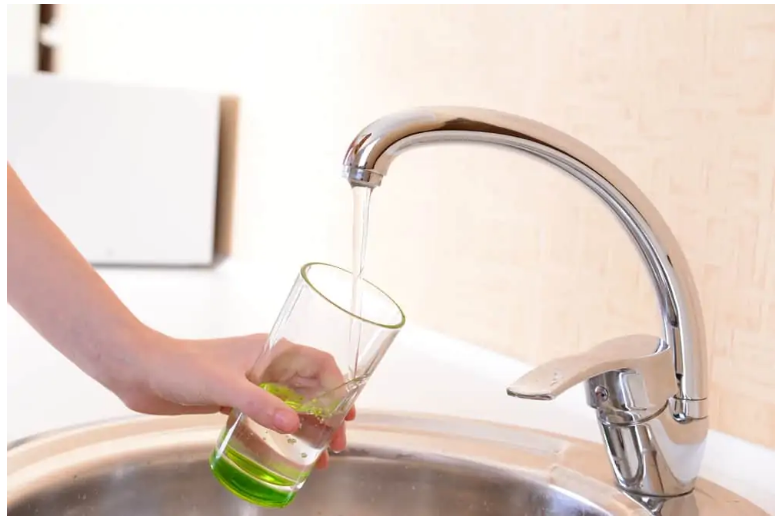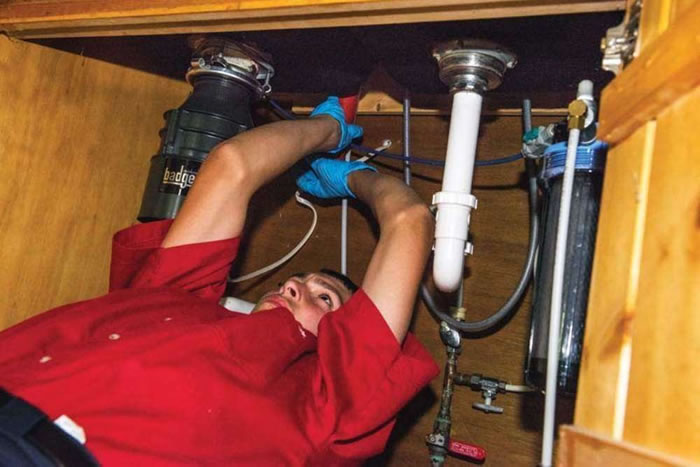Our Comprehensive Handbook to Fixing Low Water Pressure in Your Home
Our Comprehensive Handbook to Fixing Low Water Pressure in Your Home
Blog Article
Are you trying to locate suggestions on Dealing with Low Water Pressure in Your Home?

Low water stress in your home can be a frustrating issue, impacting every little thing from bathing to cleaning meals. If you're experiencing weak water flow, there are a number of feasible causes and services to discover. In this guide, we'll discuss typical factors for low water pressure and functional actions to address the concern efficiently.
Introduction to Low Tide Pressure
Low tide pressure takes place when the circulation of water from your faucets, showers, and other components is weaker than common. This can make daily jobs a lot more challenging and less effective. Comprehending the causes of low water pressure is vital to discovering the appropriate service.
Typical Causes of Low Tide Stress
Faulty Stress Regulators
Stress regulatory authorities are accountable for keeping consistent water pressure in your house. If they malfunction, it can result in low tide pressure or uneven flow throughout the house.
Community Water System Issues
Often, the trouble lies outside your home. Metropolitan water issues, such as main line leakages or upkeep job, can briefly decrease water pressure in your location.
Pipeline Obstructions
Over time, pipes can come to be obstructed with mineral deposits, sediment, or particles, restricting the flow of water. This is an usual issue in older homes with galvanized steel pipes.
Deterioration
Corrosion within pipelines can result in leaks and minimized water stress. Corrosion build-up can constrict water flow, especially in maturing plumbing systems.
Just How to Detect Low Water Pressure
Evaluating Pipelines
Inspect noticeable pipes for indications of leakages, corrosion, or blockages. Pay attention to any kind of unusual audios, such as knocking or rattling pipelines, which might indicate issues within the plumbing system.
Consulting with a Plumber
If you're unable to identify the reason for low water pressure, take into consideration employing a professional plumber to perform a thorough examination. They can recognize underlying problems and recommend appropriate services.
Inspecting Faucets and Components
Beginning by examining the water pressure at different taps and components throughout your home. If the concern is separated to specific locations, it might suggest localized issues.
Do It Yourself Solutions to Deal With Low Tide Pressure
Flushing Water Heater
Debris buildup in the hot water heater can limit flow and reduce effectiveness. Purging the container occasionally aids remove debris and maintain ideal efficiency.
Checking Pressure Regulator
Guarantee that the pressure regulator is working appropriately. Adjusting or changing the regulator can assist bring back appropriate water stress throughout your home.
Cleaning Up Aerators and Showerheads
Mineral deposits can build up in aerators and showerheads, minimizing water flow. Remove and clean up these parts regularly to enhance water pressure.
Cleaning Clogs in Water Lines
For minor obstructions, attempt utilizing a plumbing serpent or chemical drainpipe cleaner to clear blockages in pipelines. Be cautious when making use of chemicals and comply with safety standards.
When to Call a Professional Plumber
If DIY initiatives stop working to solve the concern or if you believe considerable plumbing problems, it's ideal to seek assistance from a licensed plumber. They have the expertise and tools to attend to intricate issues securely and successfully.
Safety Nets to Keep Water Pressure
Installing a Stress Booster
Think about setting up a pressure booster pump to boost water stress in areas with regularly low circulation. This can be especially advantageous for multi-story homes or residential or commercial properties with high-demand fixtures.
Surveillance Water Use
Be mindful of water use habits and stay clear of overtaxing the plumbing system. Straightforward changes, such as staggering showers and laundry lots, can assist keep ample water pressure.
Routine Upkeep
Schedule routine upkeep for your plumbing system to prevent problems such as rust, leakages, and blockages. Resolving minor issues early can assist prevent even more significant fixings later on.
Conclusion
Dealing with low tide pressure can be irritating, but determining the underlying causes and executing suitable remedies can restore optimum circulation throughout your home. Whether it's cleaning up aerators, evaluating pipelines, or seeking advice from a plumber, taking proactive actions can make certain a steady supply of water for your daily requirements.
FOUR WAYS TO FIX LOW WATER PRESSURE NOW
Turning on a shower or faucet only to find the water comes out in a sad, slow drizzle is never a good feeling. How exactly are you supposed to wash a pan or take a quick shower when it takes 10 minutes just to rinse off a little soap? The good news is that when your water pressure is bad, there's always a cause: typically one that can be easily fixed. Here are some of the most common causes of low pressure and what you can do to fix the issue:
DEBRIS AND MINERAL DEPOSIT BUILDUPS
If you notice low water pressure from just one or two of the fixtures in your house, the problem likely has to do with debris buildup. Water is full of minerals and other debris, all of which can accumulate in your pipes and on your fixtures. This can cause a blockage that affects how much water flows through. To fix this, try filling a small plastic bag with white vinegar, and use a rubber band to hang it around your showerhead or faucet. Let the head of the fixture soak for a few hours, and the vinegar should loosen the deposits.
WATER LEAKS
Leaks are another common cause of low water pressure. If water is flowing out of your plumbing through a hole or crack before it can reach your fixture, the pressure coming out of the faucet or showerhead will be lower. A plumbing professional is your best bet for finding and repairing a leak in your water supply pipes.
Leaks are another common cause of low water pressure. If water is flowing out of your plumbing through a hole or crack before it can reach your fixture, the pressure coming out of the faucet or showerhead will be lower. A plumbing professional is your best bet for finding and repairing a leak in your water supply pipes.
A VALVE ISSUE
If you have low water pressure throughout your home, check your main shut-off valve to make sure it's completely open. You may also want to see if there's a pressure-reducing valve installed. If there is, have a plumber help you adjust the settings to get the pressure you're looking for.
OTHERS USING WATER
Believe it or not, your low water pressure could be caused by your neighbors. If you notice low pressure at certain times of day, it may be because you and the people living next to you have similar schedules - when everyone is showering at the same time, the pressure will be lower in every home. Low pressure throughout the neighborhood may also be caused by an issue with your municipal water supply. If that's the case, call the supplier to see if they're working on the issue.
https://www.rotorooter.com/blog/water-leaking/low-water-pressure-fixes/

I am just very interested by Low Water Pressure in the House? and I'm hoping you enjoyed reading the entire post. Make sure you take the opportunity to promote this blog posting if you enjoyed it. Thanks for being here. Come back soon.
Call Report this page